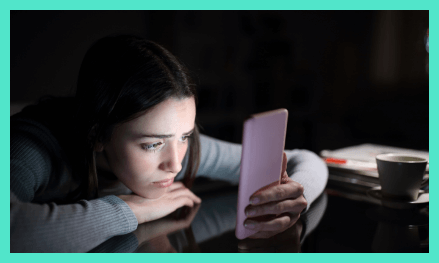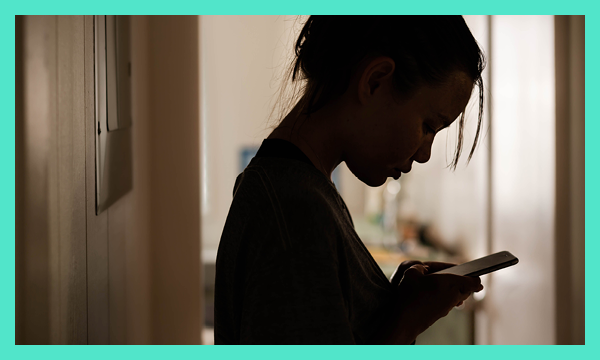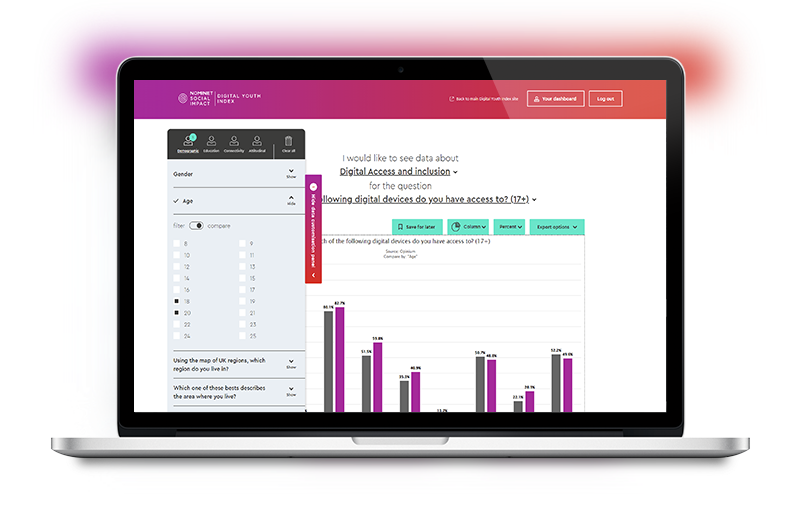Connection loading...Having home broadband is necessary but not always sufficient for a good quality connection
A third of young people (32%) do not have access to home broadband
Of those who have a home broadband connection, 13% say their connection is not good enough and half of all young people (52%) say that there are things they can’t do online due to a lack of internet or a slow connection.
Why does this matter?
When schools, cafes and workplaces are closed, connecting from home has been more important than ever. Households sharing bandwidth or hotspotting from mobile data means internet availability can fluctuate from day-to-day, hour-to-hour. While there has been unparalleled investment in devices for young people in the UK for the past year, if a third don’t have home broadband we need to look deeper than laptops to understand digital disadvantage. Meaningful access means good connectivity, good devices and the freedom, independence, and flexibility to access education, information, and friends online. Any barriers to fully engaging in digital life, especially in the last 18 months, means a young person can’t fully participate and may risk falling behind.
Implications
- What does digital disadvantage mean or look like in practice and how does it change not just year on year – but over time?
- How can we index a dynamic sense of access or connectivity, not just a static one?
- How have the past 18 months illuminated what participation in a digital life looks like for young people in all their diversity?




